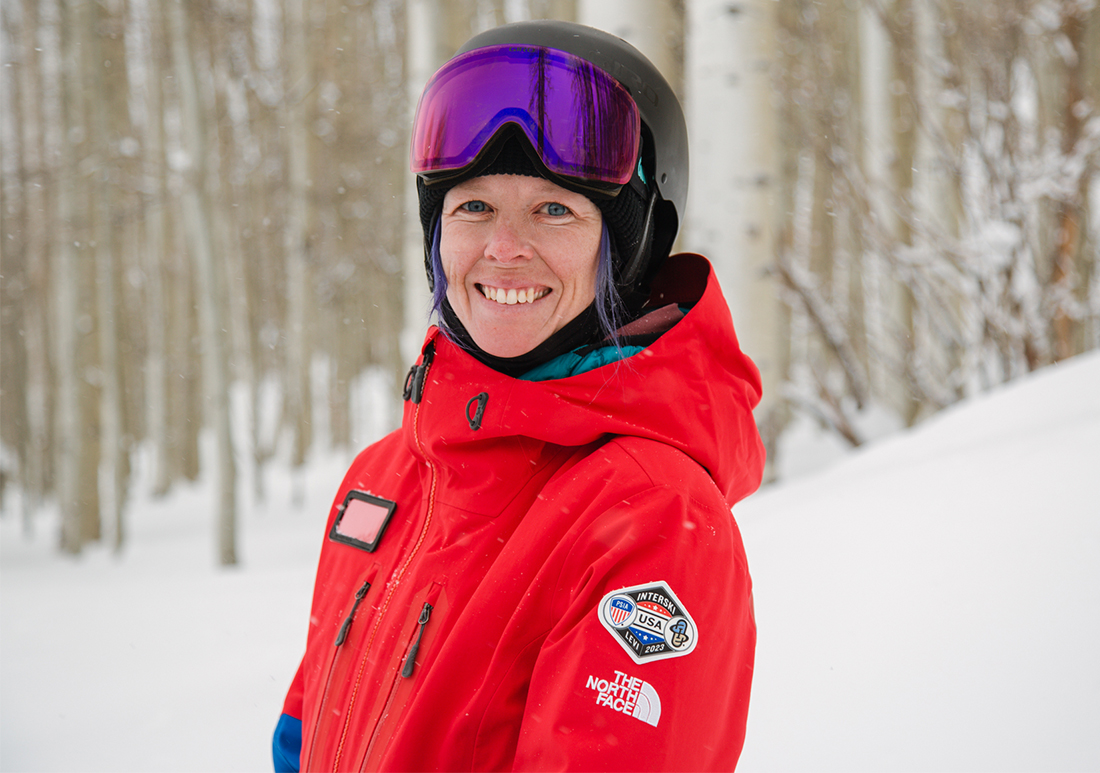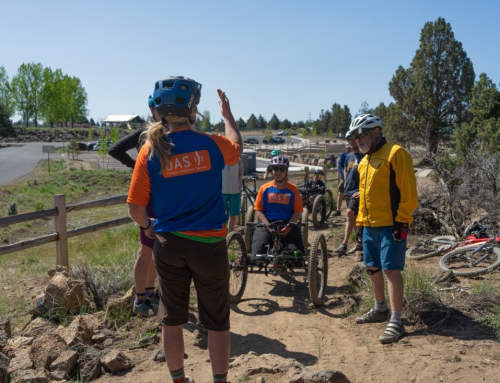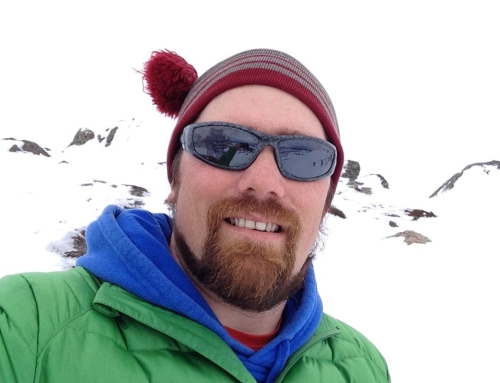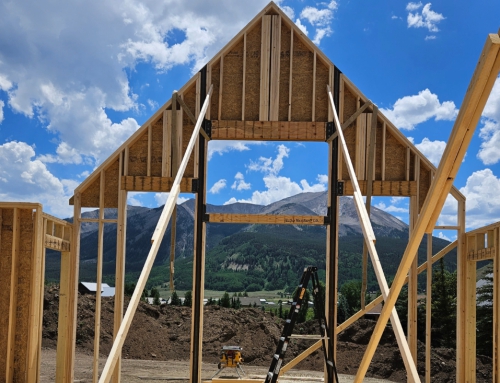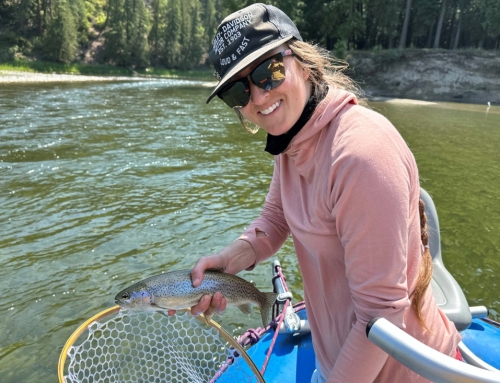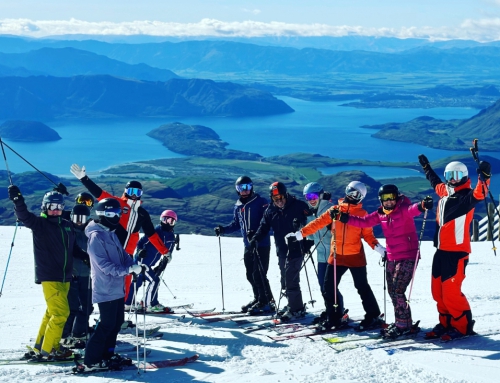Interski 2023: Top Takeaways from Spain’s Presentation on Breathing
Held every four years, Interski brings instructors together from around the world. The event offers a valuable educational opportunity for snowsports educators to share their innovations and core beliefs. It gives PSIA-AASI, through its national team, a chance to compare the American Teaching System with the educational approaches of other countries and bring home ideas that help PSIA-AASI members improve and evolve.
Here, AASI Snowboard Team member Stephanie Wilkerson shares her takeaways from Spain’s workshop on how proper breathing can influence good riding.
Spain’s workshop focused on how important a good approach to breathing while snowboarding is, as it can boost performance, or make it easier to enhance the technical progression of our clients. In the workshop, we were asked to work on how breathing can affect the way we perform our turns, from the most elemental technique to the most advanced.
To start, we found an easy slope to begin working on our basic turns, then later moved to a steeper slope to work on the performance turns. We were also asked, if possible, to practice turns over soft or fresh snow, and not hard or icy slopes.
Top Takeaways
- To start the workshop, the Spanish team asked everyone to identify their power breath. Everyone is stronger either on an inhale or and exhale. We did a test to discover which one we were. Then applied the breath in our riding when we wanted more power.
- Next, we practiced different breathing patterns while turning with different movement patterns and discussed when and where it felt better.
- Finally, we applied breathing patterns to freestyle moves and experimented with what types of breath worked best with different freestyle outcomes.
The whole experience opened up some interesting discussions about bringing attention to how we breathe. Everyone noticed something different depending on what combination worked best for them.
Bringing attention to breathing while riding usually isn’t usually introduced until high-level coaching in competitions. So focusing on it at lower levels can also be beneficial, and there are opportunities to work breathing into how we teach at all levels of instruction. In particular, depending on what level of class you are leading, breathing can also be used for calming people down in more introductory lessons and amping people up in more advanced lessons.
It can add an extra tool to our tool belt for teaching. Once it is understood how and when to use breathing techniques, it can be a very powerful tool in our own riding and when we are teaching others.

